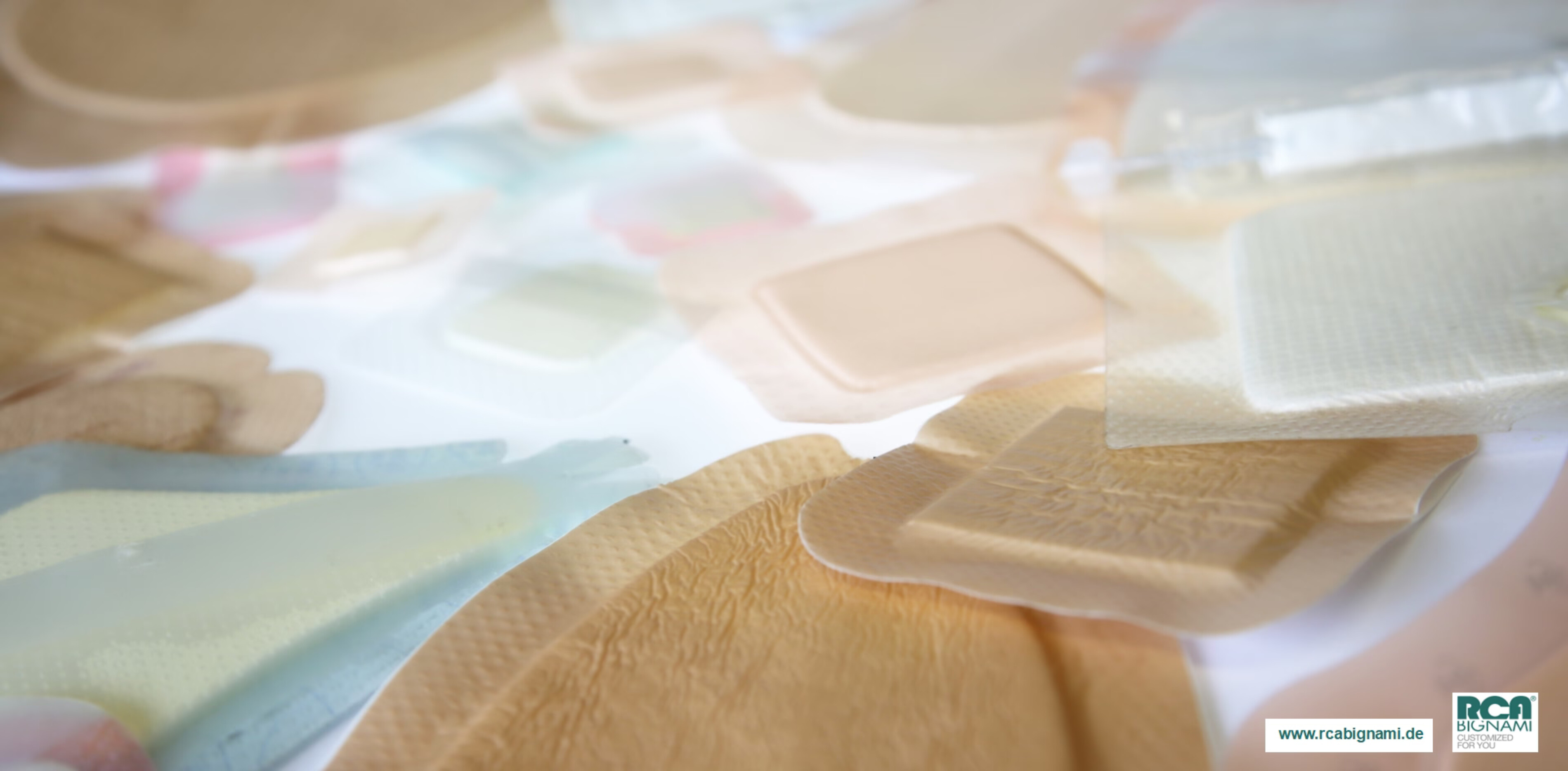
Wound & Skin Care
Wound Care Market
The Global Wound Care Market is estimated to be worth about 12.5 billion US$ with an annual increase of about 7% the next seven years and dominated by North America with a market share of more than 30% in 2024. Long-term growth continues to be driven by the needs of an ageing population and an increasing prevalence of obesity, diabetes and vascular disease.
These conditions are key drivers of wound prevalence and contribute to the pressure on healthcare spending. An important focus of the healthcare systems are innovation in products and services working proactively to prevent wounds such as pessure injuries and surgical site complications or deliver accelerated healing.
Since day One RCA Bignami has supported the development of new products starting from the traditional sterile Post OP Island and IV Dressings to today‘s complex, superabsorbent premium products, such as Silicone Dressings, contributing its expertise and developing suitable technical solutions.
From Classic to Advanced Wound Care
The Wound Care Market is segmented into Classic Wound Care and Advanced Wound Care.
Classic Wound Care means classic Island Dressings or IV Dressings and for example Gauze Dressings, Bandages or Folded Drapes.
Advanced Wound Care further can be sub-segmented into Bonded Dressings, Film Dressings, Alginate Dressings, Foam Dressings, Hydrocolloid Dressings, and others.
Human Skin
Since healthy Human Skin is the biggest organ with about two square meter and thus the best protection of our body, Wounds need to be optimally treated and the healing process supported in the best way.
The Skin protects from external factors such as heat and cold and prevents pathogens and foreign bodies from penetrating the body.
Any injury, however small, interrupts the protective function of the skin and immediately triggers the body’s own self-healing mechanism to restore its natural barrier. If everything goes perfectly, the tissue can completely regenerate, often even without visible scars.
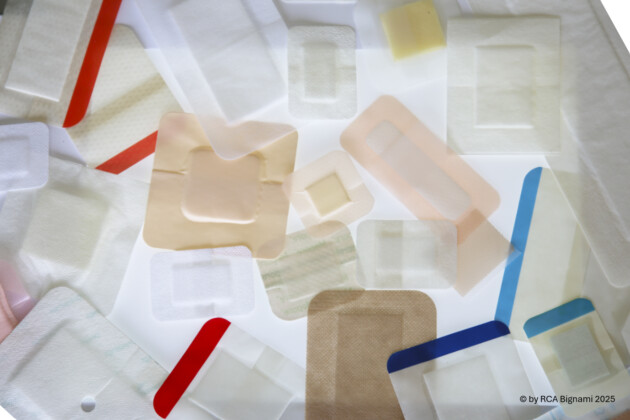
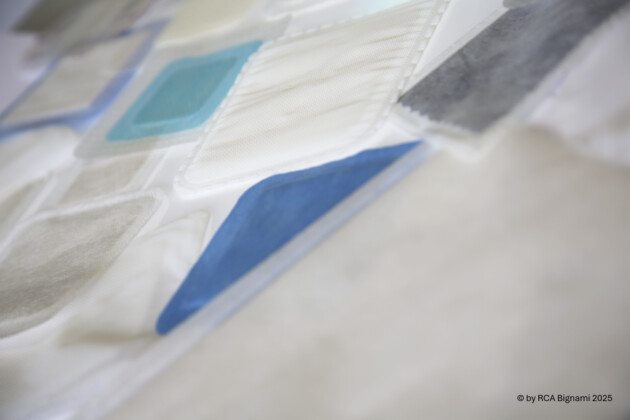
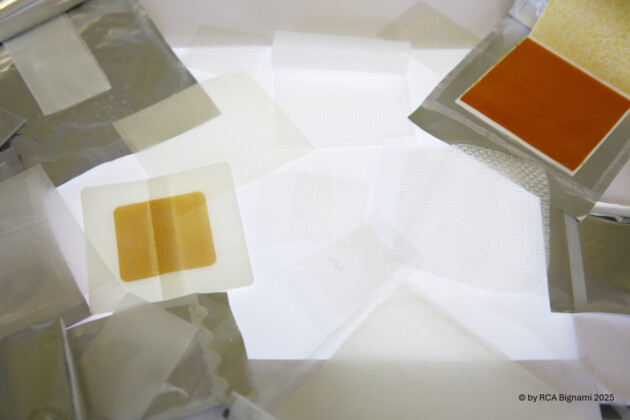
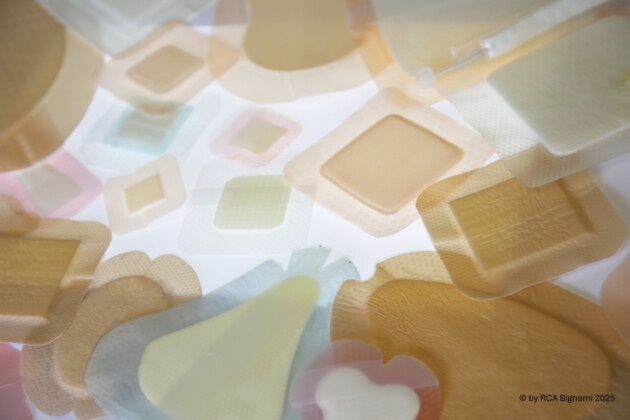
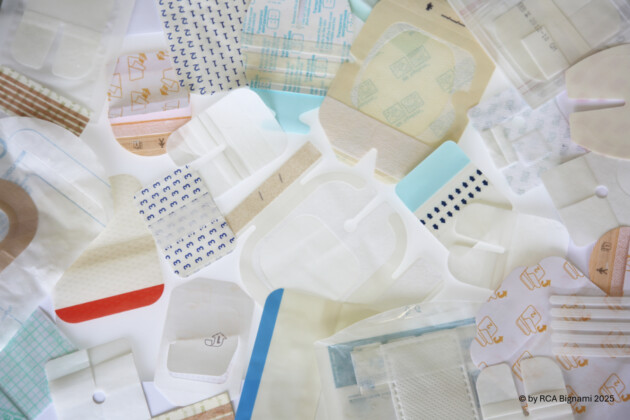
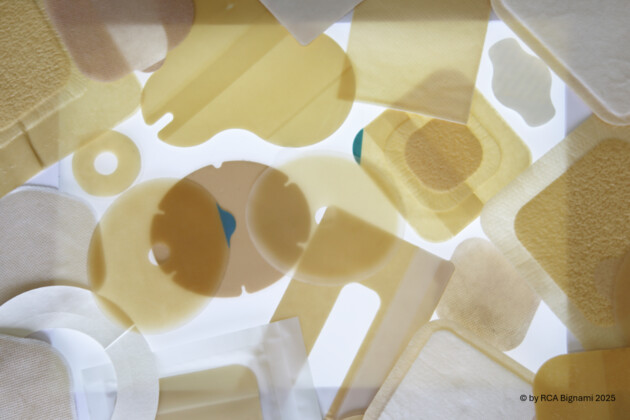
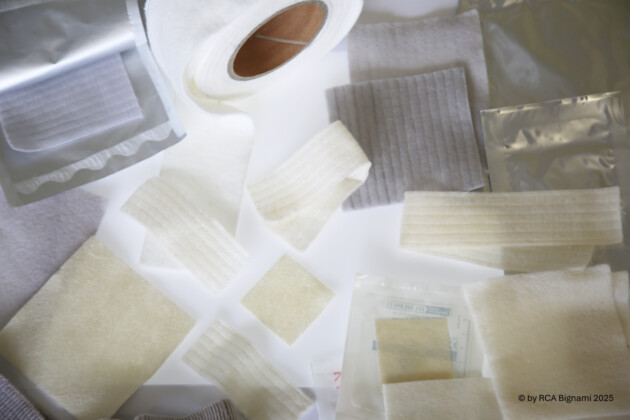
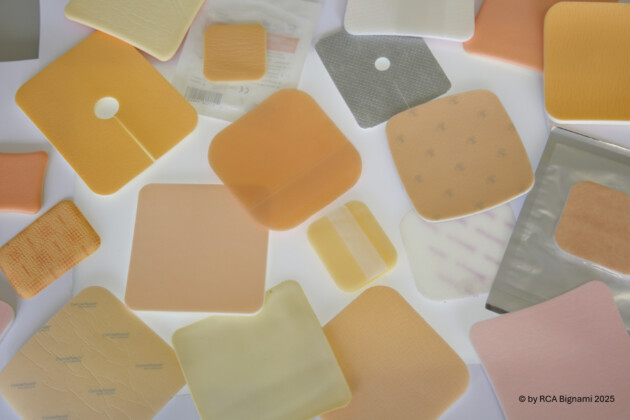
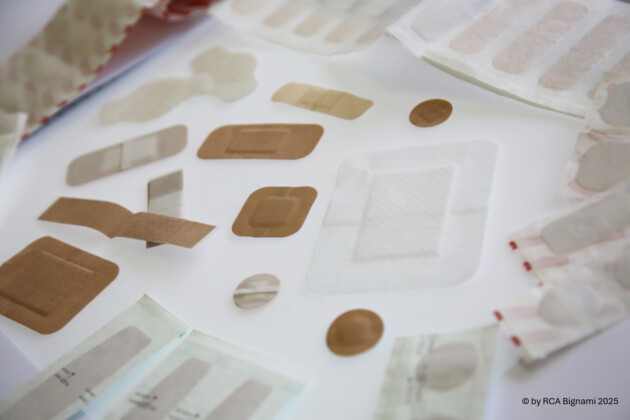
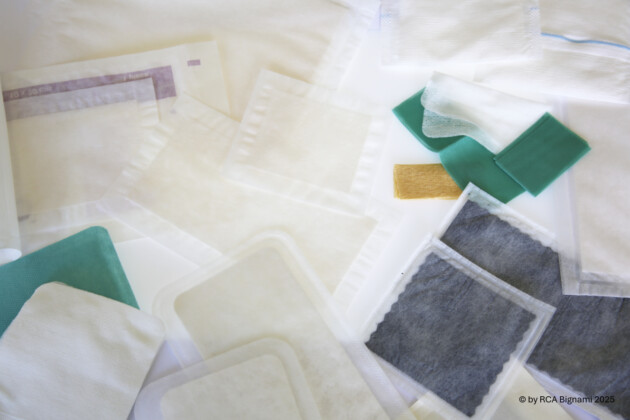
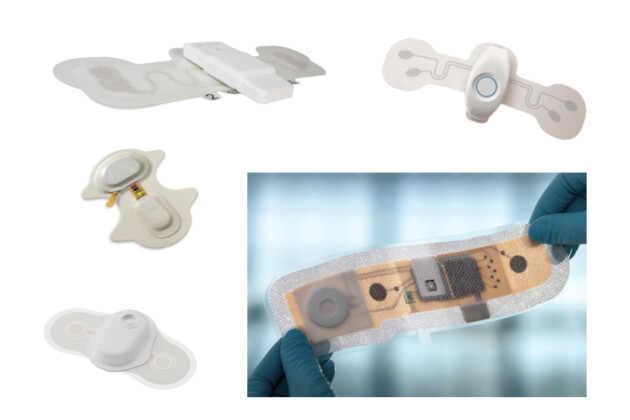
Wound Healing
Wound healing is a complex process. In three different phases (exudation, granulation and epithelization), the vascular, hormonal and immune systems, as well as cells responsible for the formation of collagen fibers, for example, are involved in the repair processes.
We distinguish between Mechanical Wounds caused by accidents or violence, such as amputation, bit wounds, tearing away of skin or tissue, or Thermical Wounds caused by burning or Chemical Wounds caused by chemical burning.
Chronical Wounds such as Diabetical Foot or Leg Ulcer reaquiring Advanced Wound Care products are getting more and more important.
Sterile and Super-absorbent Wound Dressings require easy and safe application, wearing comfort without skin irritation and more and more non-traumatic dressing change.
History of Wound Care
In prehistory people believed that wound naturally would heal themselves, but very soon they learned that certain herbal remedies could speed up or assist the healing processes. Over time this herbal treatment became the oldest form of Wound Therapy. These plasters were mixtures of substances including mud or clay, plants, and herbs. Plasters were applied to wounds to provide protection and to absorb exudate. One of the most common ingredients used in plasters was oil. Oil may have provided some protection from infection as bacteria grow poorly in oil, and oil would have prevented the bandage from sticking to the wound as a nonadherent dressing.
The clinical history of the treatment of Acute and Chronic Wounds can also trace its origins to Ancient Egpyt, where lint, animal grease and honey were used as topical treatments for wounds. In addition various types of alcohol were used in ancient medical practices for cleaning wounds.
The Greeks acknowledged the importance of Wound Closure maintaining wound-site moisture to ensure successful closure of the wound,
and were the first to differentiate between Acute and Chronic Wounds, calling them “fresh” and “non-healing”.
The most profound advances came with the development of microbiology and cellular pathology in the 19th century.
The first advances in wound care began with the discovering how hand washing and cleanliness in general in medical procedures prevents maternal deaths. As consequence in the 1890s the surgeon Joseph Lister started using surgical gauze and wound dressings sterilized with dry heat, steam and pressure.
The advent in the 1950s of fibrous synthetic such as nylon, polyethylene, polypropylene, and polyvinyl provided new materials in the field of Wound Care.
1962 can be considered as the turning point in Wound Care Industry where it could be proved that wounds heal better in a moist wound environment.
In the 1990s improvements in composite and hybrid polymers expanded the range of materials available for wound dressings. Skin equivalents or skin subsitutes, biomembranes and scaffolds have been developed and may the potential to facilitate and ensure a proper wound healing
The innovations in tissue engineering and biotechnology have led to the introduction of Advanced Wound Care products for wound prevention and treatment, promoting healing, preventing infections and getting rid of an potentially already existing infiection. Deciding on a treatment depends on the type of the wound.